The best professional workstations for any budget
Modelling, rendering and number-crunching - these meaty machines will do it all
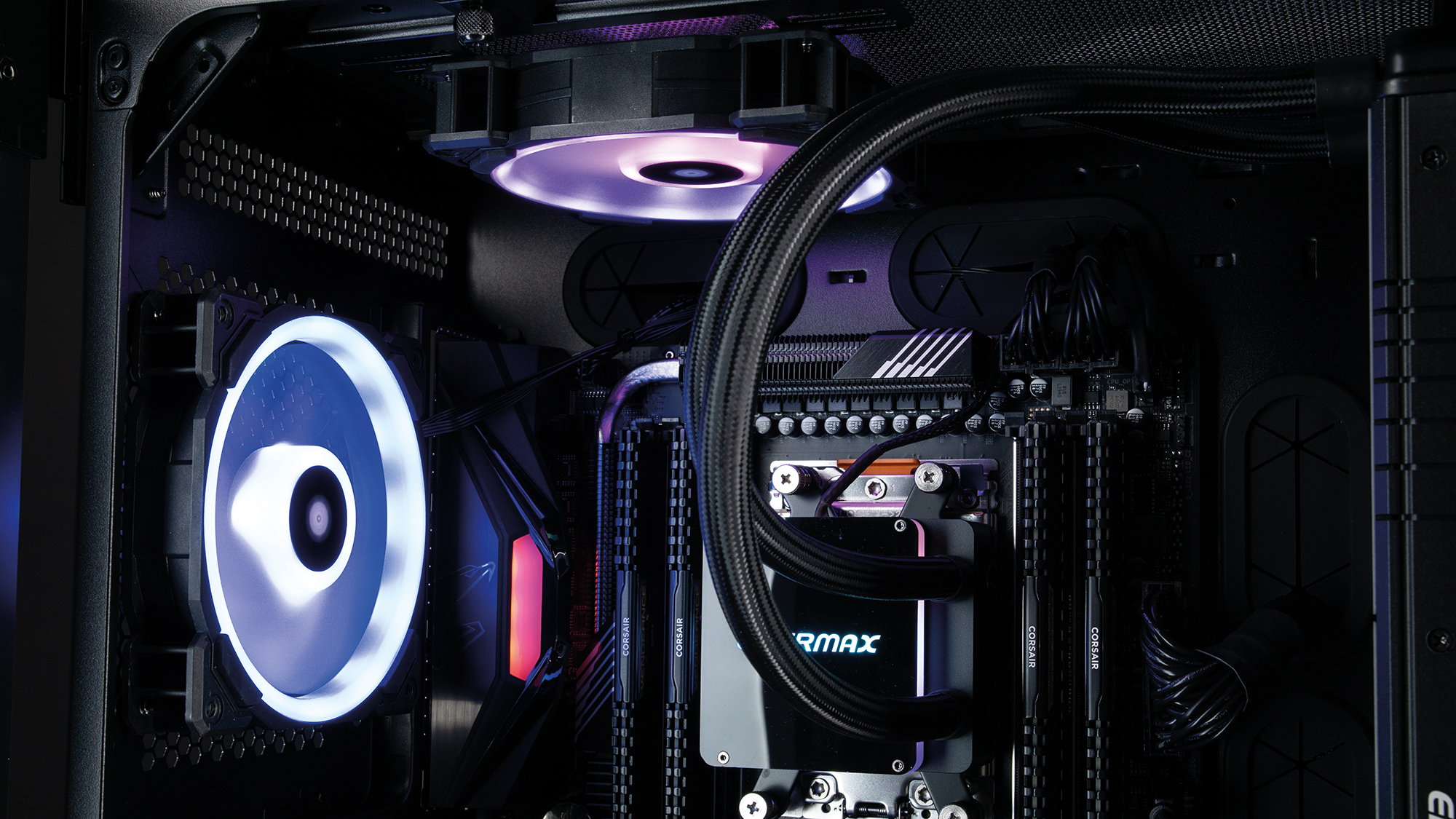

Workstation Specialists is a small but focused UK-based manufacturer of systems for content creators. As its previous machines have demonstrated, the company has a good handle on hardware trends in this market, and this is another system based around AMD’s stunning Threadripper 3970X.
Although the CPU supports 3,200MHz memory, Workstation Specialists has only used 3,000MHz DDR4 SDRAM – but this means it can supply 128GB of it. It sensibly chooses Nvidia’s Quadro RTX 5000, which balances well with the high-end CPU. With 3,072 CUDA cores and 16GB of GDDR6 frame buffer providing 448GB/sec of bandwidth, this card will tackle any 3D modelling task with aplomb. The Antec P110 Luce chassis is particularly stylish, with a sleek unfussy exterior and tempered glass side panel, but it doesn’t have USB-C at the front. However, the ASRock TRX40 Creator motherboard provides both 2.5Gbit and 10Gbit networking.
Workstation Specialists has sensibly chosen a 2TB Gigabyte Aorus NVMe M.2 SSD as main storage, which supports PCI Express 4. But we only recorded reading at 3,463MB/sec and writing at 3,461MB/sec, which are more like PCI Express 3 speeds. The 4TB Toshiba N300 7,200rpm hard disk is a good capacity for large media asset files, but with 209MB/sec reading and 208MB/sec writing, it’s also slower than the hard disks supplied with other systems this month.
This proved the fastest system in our benchmarks, however, achieving a phenomenal 711 overall and a particularly stunning 896 in multitasking. On the other hand, the WS-1640A-G4 is 7% behind Armari’s Magnetar with 17,098 in Cinebench R20 and took 5% longer to complete the Blender Gooseberry render on CPU. Its CPU scores in IndigoBench 4 were similarly lower, and it was the slowest 3970X-based system for encoding video with Adobe Media Encoder CC 2020.
As with other systems using the 3970X, the 3D viewset scores in SPECviewperf 13 are mostly on par for a system sporting Nvidia’s Quadro RTX 5000, with a particularly stunning 500 in snx-03, showing strong capability with modelling in all categories.
Overall, this is a well-specified and constructed workstation, with particularly good general media application performance. But otherwise it’s simply put into the shade by the best of the 3970X-based systems.
Workstation Specialists WS-1640A-G4 specifications
| Processor | 3.7GHz AMD Ryzen Threadripper 3970X |
| Motherboard | ASRock TRX40 Creator |
| Expansion slots | 8 x RAM slots (4 free), 4 x PCIe x16 (3 free), 3 x M.2 (1 free), 8 x SATA 600 (8 free) |
| RAM | 128GB DDR4, 3,000MHz |
| GPU | PNY Quadro RTX 5000, 16GB GDDR6 |
| Outputs | 4 x DisplayPort 1.4, USB-C VirtualLink |
| SSD | Gigabyte Aorus 2TB NVMe M.2 PCI Express 4.0 |
| Secondary drives | N/A N/A N/A, Toshiba N300 4TB |
| Optical drives | N/A |
| Dimensions (WDH) | Antec P110 Luce (230 x 489 x 518mm) |
| PSU make and model (power output) | 80-Plus Platinum (1,000W) |
| CPU cooler | Enermax LIQTECH 360 TR4 watercooler |
| Rear ports | 10 Gigabit Ethernet, 2.5 Gigabit Ethernet, 5 x 3.5mm audio jack, optical S/PDIF, 4 x USB 3.2 Gen 1, 2 x USB 3.2 Gen 2 (Type-A), USB 3.2 Gen 2 (Type-C), Wi-Fi, PS/2 mouse/keyboard combo |
| Front/top ports | 3.5mm audio jack, 3.5mm microphone jack, 2 x USB 3 |
| Operating system | Windows 10 Pro 64-bit |
| Warranty (parts & labour unless stated) | 3yr RTB |
Get the ITPro daily newsletter
Sign up today and you will receive a free copy of our Future Focus 2025 report - the leading guidance on AI, cybersecurity and other IT challenges as per 700+ senior executives
Dr James Morris has worked as a technology journalist for over 25 years, including spending nine years on the staff of market-leading computer magazine PC Pro, the last five of which were as the publication’s editor. He specialises in enterprise-grade software and hardware, with a particular focus on content creation. He launched a pioneering video channel for HEXUS.net in 2006 and ran the video reviews channel for TrustedReviews.com for four years. He also runs a successful online digital content and commercial video production company, t-zero communications Ltd.
Dr Morris is a prolific technology writer and contributes commercial content for major IT brands including AMD, BlackBerry, Dell, Cognizant, HP, and IBM. He published a book on artificial intelligence, Can Computers Create Art? in 2009. He is also an academic, and is currently Pathway Director of the MA, Interactive Journalism at City, University of London.
Previously, he was course leader for the BA in Web Media Production at Ravensbourne University. He has a PhD in Philosophy, Art and Social Thought from the European Graduate School in Switzerland, a Master's in Media Arts from the New School in New York, USA, and a Bachelor's in Social Anthropology from the London School of Economics.
Dr. Morris can be found on Twitter at @Cyberwest, or emailed at j@tzero.co.uk
-
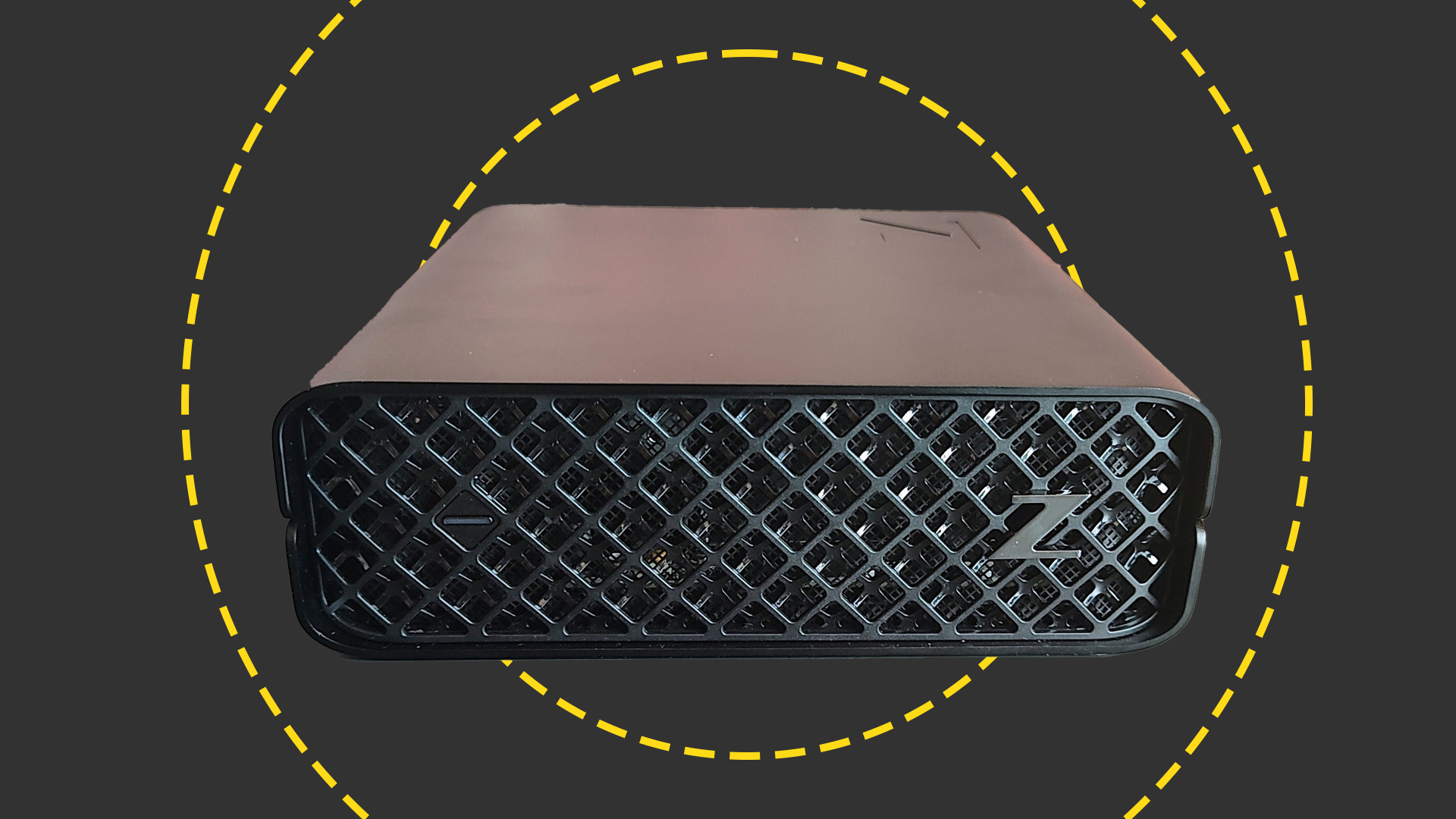 HP Z2 Mini G9 Workstation review: A reasonably potent but very compact workstation
HP Z2 Mini G9 Workstation review: A reasonably potent but very compact workstationReviews A masterclass in fitting a whole pint of PC into a half-pint container
By Alun Taylor
-
Take your workforce to the next level with an HP Workstation
Sponsored If you're looking to boost your enterprise computing power, HP Workstations could be the ideal choice.
By ITPro
-
 Windows admins complain of Dell “bloatware” filling 95% of hard drives
Windows admins complain of Dell “bloatware” filling 95% of hard drivesNews Dell SupportAssist Remediation was blamed for disk allocation issues
By Rory Bathgate
-
 How we test laptops and PCs
How we test laptops and PCsReviews Everything you need to know about our reviews and benchmarking process for computing hardware
By IT Pro
-
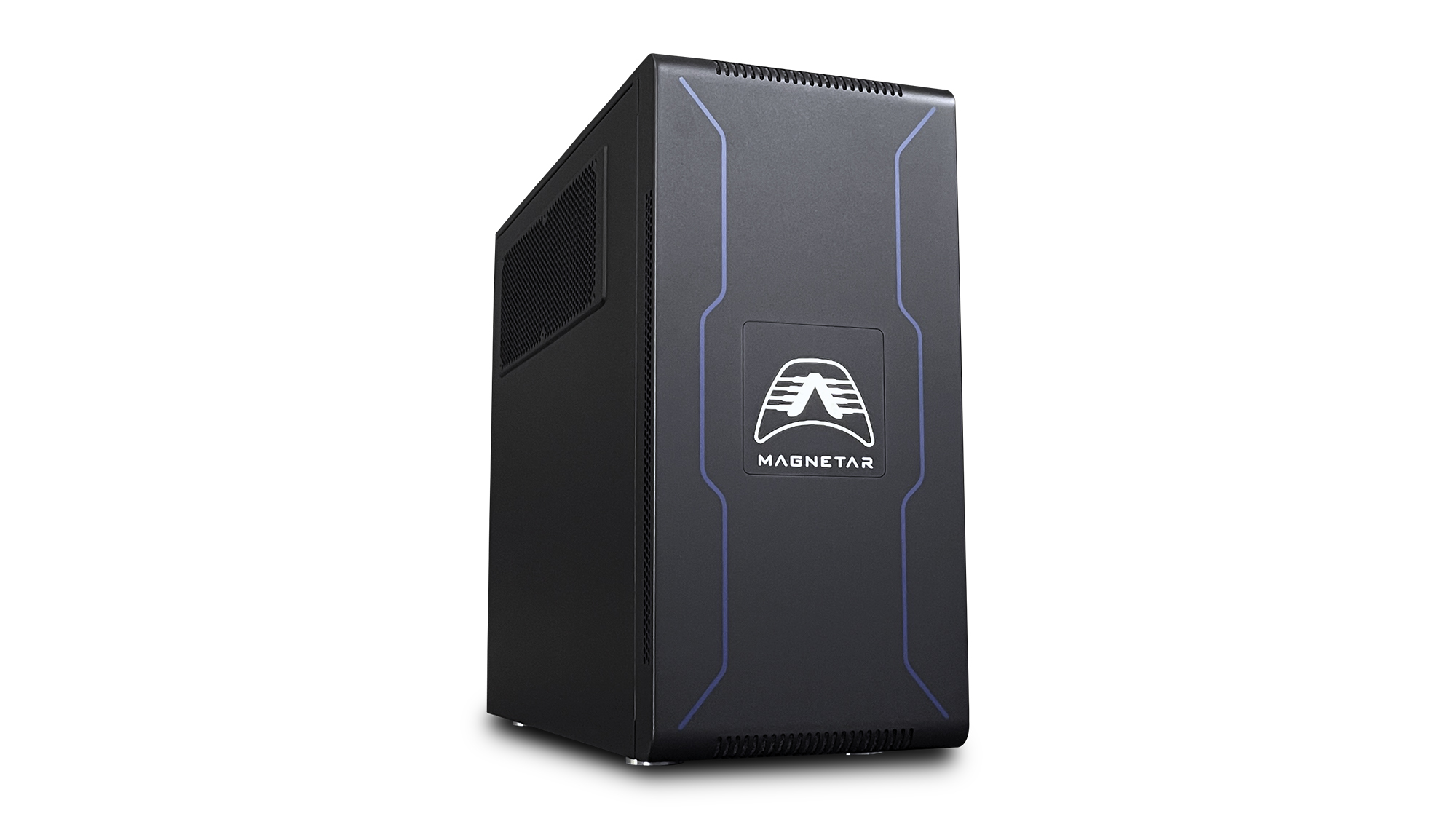
 Armari Magnetar M64TP-RW2000G3 review: Don’t call it a comeback
Armari Magnetar M64TP-RW2000G3 review: Don’t call it a comebackReviews The Threadripper Pro arrives just in time to retain AMD’s crown as king of workstation processors
By James Morris
-
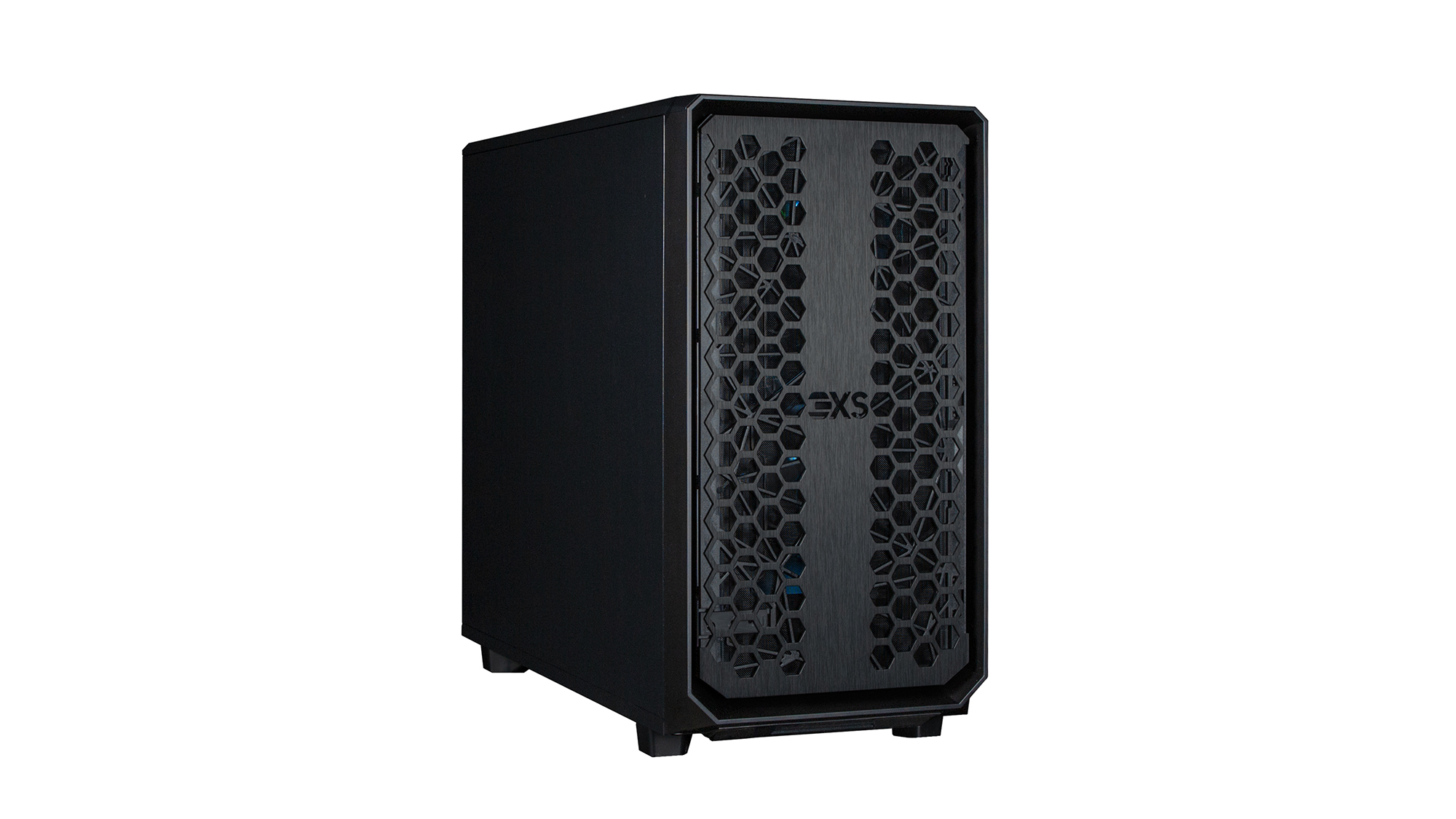
 Scan 3XS GWP-ME A124C review: An Intel-powered workhorse that holds its own
Scan 3XS GWP-ME A124C review: An Intel-powered workhorse that holds its ownReviews A brilliant content-creation showcase for Intel’s 12th-gen Core i9 and Nvidia’s Quadro RTX A4500 graphics
By James Morris
-
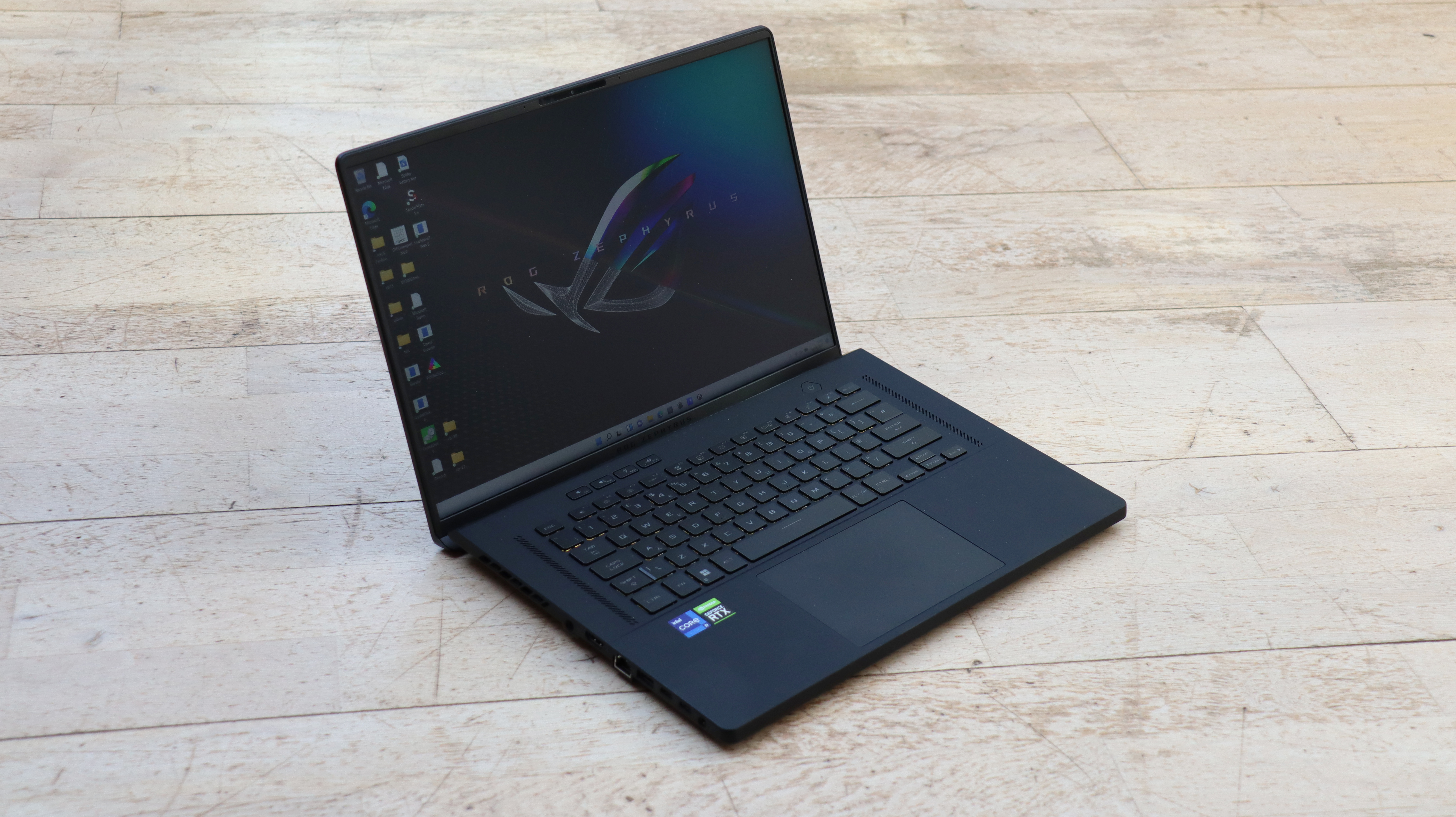
 Asus ROG Zephyrus M16 (2022) GU603Z review: Huge processing power you can carry with you
Asus ROG Zephyrus M16 (2022) GU603Z review: Huge processing power you can carry with youReviews The Zephyrus M16 combines a potent 14-core processor with capable graphics and features in a bag-friendly format
By James Morris
-
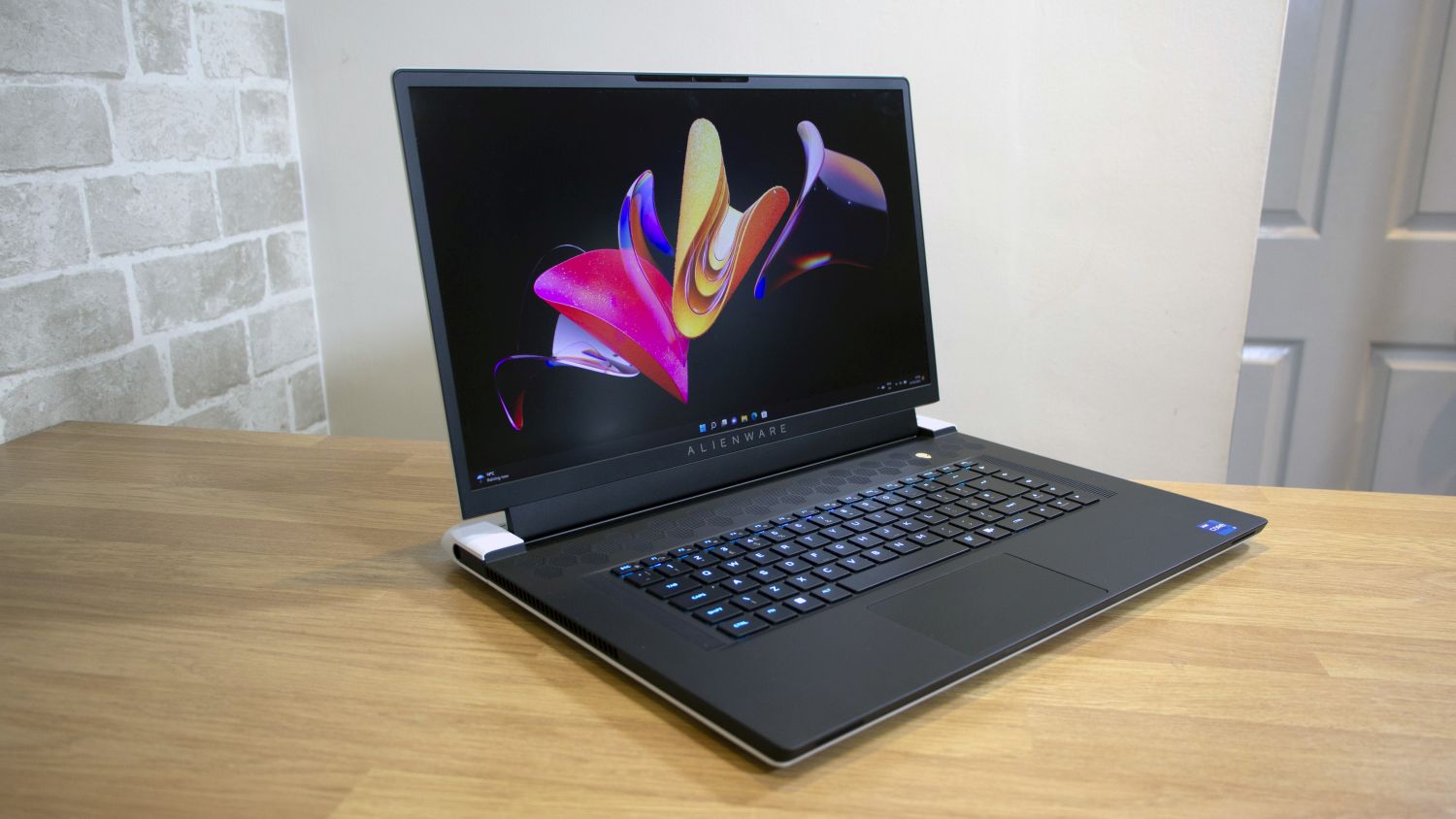
 Alienware x17 R2 review: A frighteningly fast content creation monster
Alienware x17 R2 review: A frighteningly fast content creation monsterReviews Colossal power and a rock-solid exterior make for an expensive portable powerhouse
By Mike Jennings

